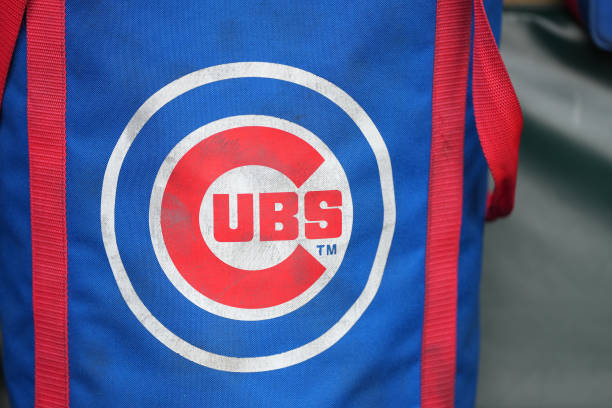Over the past two years, the Chicago Cubs have aimed to contend, but they’ve consistently fallen short of the Milwaukee Brewers in the NL Central and have struggled to compete for a Wild Card spot in the other divisions. This offseason presents an opportunity to make changes, given the abundance of offensive talent on the market. However, the Cubs have made some questionable moves, including two additions that land on the list of the four worst contracts for their 2025 payroll.
C Matt Thaiss
One-Year, $1 Million
Matt Thaiss was one of the first roster additions for the Cubs, acquired from the Los Angeles Angels on November 20 for cash considerations. Thaiss, primarily a backup catcher for the Angels, will fill a similar role behind Miguel Amaya for the Cubs. The issue lies with his $1 million deal to avoid arbitration. Thaiss has a career batting line of .208/.313/.342 with 22 home runs, 79 RBI, and an 81 OPS+ across 771 plate appearances in 245 games. While he’s not known for his catching prowess, Thaiss does rank decently at blocking wild pitches, but his framing and control of the run game are subpar.
RP Julian Merryweather
One-Year, $1.2 Million
The Cubs also signed Julian Merryweather to a one-year, $1.2 million deal to avoid arbitration. Injuries derailed Merryweather’s 2024 season, limiting him to just 15 innings with a 6.60 ERA. However, he had a strong 2023 campaign, posting a 3.38 ERA in 72 innings across 69 games. Despite this, Merryweather’s career ERA+ is just 92, and his limited success makes it unlikely he will maintain a strong performance in 2025, especially if he struggles with injuries again.
SP Matthew Boyd
Two Years, $29 Million
Matthew Boyd was signed to a two-year, $29 million contract on December 2, joining the Cubs’ rotation. However, the Cubs would have been better off pursuing Max Fried or Corbin Burnes. Boyd, who will turn 34 in February, has a history of injury and inconsistency, making 30 or more starts in only two of his eight MLB seasons, with his most recent occurrence in 2019. While he posted a 2.72 ERA across 39.2 innings in 2024, his small sample size raises doubts about his ability to sustain that performance.
1B Cody Bellinger
One-Year, $27.5 Million; Player Option for 2026 Could Make It Two Years, $52.5 Million
By Opening Day, Cody Bellinger could be on another team, but for now, his contract with the Cubs is concerning. After a strong 2023 season, Chicago signed Bellinger to a three-year, $80 million deal with an opt-out after 2024 and a player option for the third year. Despite winning the MVP in 2019, Bellinger’s performance has been inconsistent, with most of his production in that MVP season coming before June. His up-and-down offensive production raises questions about his long-term value.

